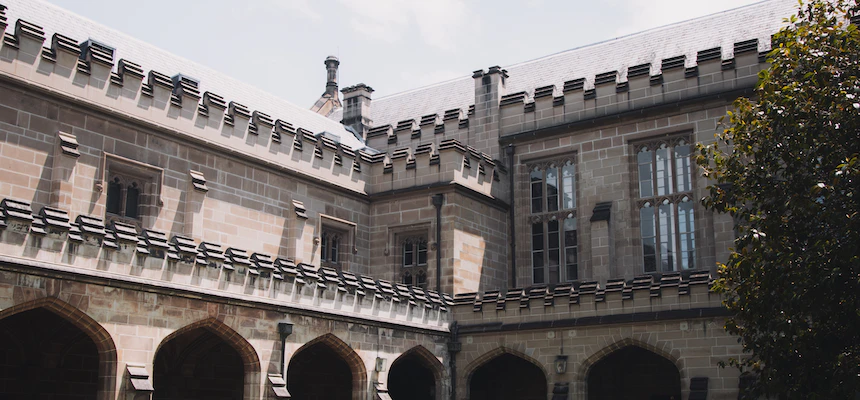
Pope Gregory VIII was a very old man when he called for the Third Crusade against the Moors of the Middle East. Born Alberto di Morra in around 1100 to 1105, he was the son of the noble, Sartorius di Morra. His hometown was Benevento, Papal States.
Alberto became a monk at a young age. He was either a Cistercian in Laon or a Benedictine in Monte Cassino. Somewhere between 20 and 30 years of age, he joined the new order of Premonstratensians, also known as the Norbertines. Later in his career, he was a canon at St. Martins Abbey in Laon. Later, still, he was a professor of canon law in Bologna.\
Pope Adrian IV, in 1156, noticed Alberto, and named the professor a cardinal-deacon of Sant’Adriano. Only two years later, the new cardinal became a cardinal-priest of San Lorenzo at Lucina in March 11, 1158.
As a middle-aged man, Cardinal di Morra was a papal legate for Pope Alexander III. First, he went around Europe to teach canon law. Then, he went to Portugal to crown Alfonso I, the first king of that country. In 1163, di Morra was the one who brought the offer of reconciliation to the excommunicated Emperor Frederick.
His standing in the history of Western Europe came to the fore in 1171. Cardinal di Morra went to England to investigate the murder of Thomas a Becket which occurred in December 1170. Di Morra eventually absolved Henry II of murder during the Council of Avranches (September 1172), after Henry did penance.
As an elderly man, Cardinal di Morra became a legate to Italy. Within a year, he became the Chancellor of the Holy Roman Church. His conciliatory tone towards Emperor Frederick is seen in this one instance. The succession of the Archbishop of Trier was disputed. The Pope wanted Folmar and the Emperor wanted Rudolph. Di Morra suggested setting aside both choices and called for the canons of Trier to hold a new election. Pope Urban III overruled this suggestion, unfortunately.
At this point, Di Morra compiled a collection of official papal acts and also completed codification of writing rules for all papal acts. This last document was very influential in shaping the rhetoric used in future papal documents. In the early 1180s, the old cardinal founded a monastery in his hometown of Benvenuto.
The Papacy
On October 20, Pope Urban III died in Ferrara, on his way to Venice. The chancellor, Cardinal de Morra, was elected the very next day and took the name of Gregory VIII, in honor of Gregory VII. He was consecrated on the 25th. His outreach to the emperor led to a friendly relationship with the Empire. He quickly began reforms in the Curia and among the clergy.
The new pope soon heard of the defeat of the crusaders of Jerusalem at the Battle of Hattin. He issued a bull calling for the Third Crusade, called Audita tremendi. In the bull, Pope Gregory insisted that God’s anger is the result of human sin, that penance is mandatory, not optional, and that a new expedition would be an opportunity for the salvation of Christian warriors.
Immediately after that, Gregory set out for Pisa. His goal was to call for the ceasing of the Pisa-Genoa hostilities so that the seaports and naval fleets could join together for the crusade. On the way, he stopped at Lucca. There, he ordered Antipope Victor IV’s body to be removed from his tomb and be taken from the church.
After the pope arrived in Pisa, he quickly got sick and died of a fever. Gregory VIII had been in office only 57 days. He was buried in the Duomo in Pisa. The Third Crusade lasted until 1192.

Recent Comments